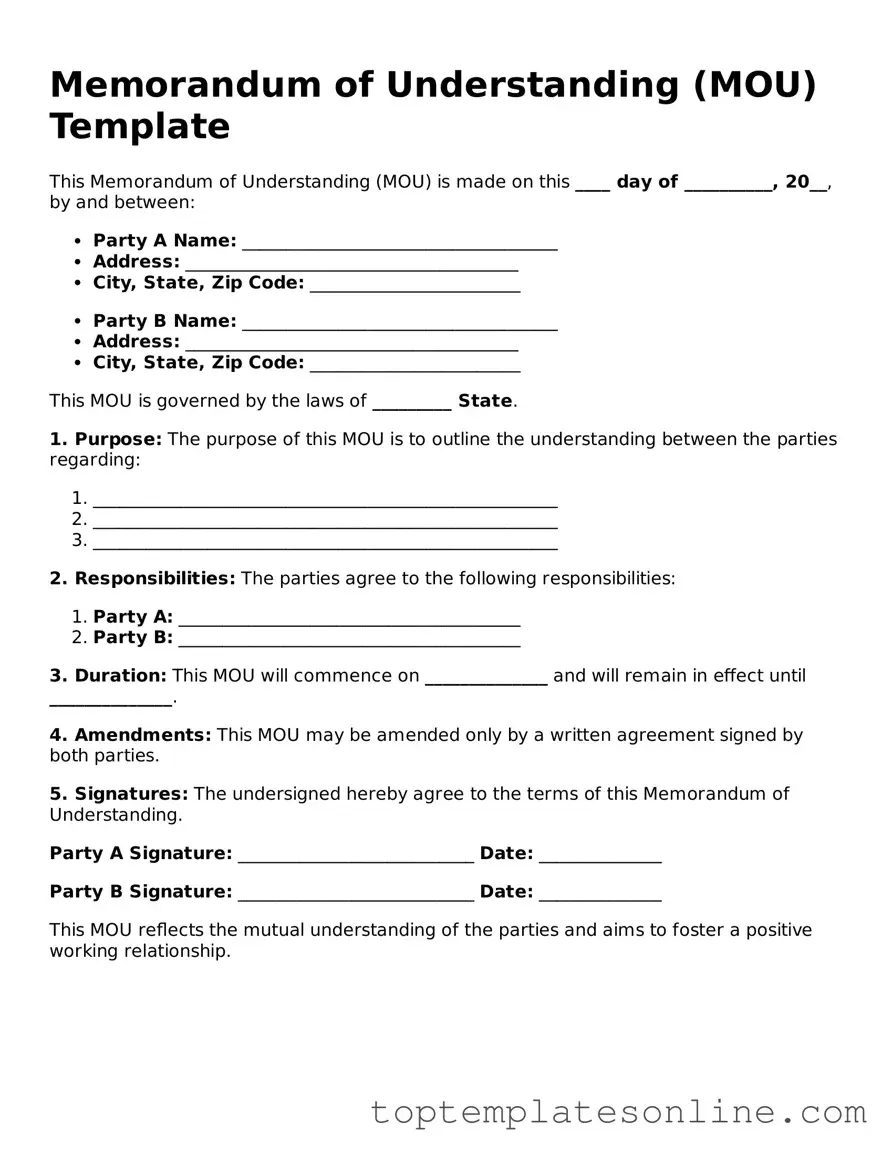Attorney-Approved Memorandum of Understanding Form
A Memorandum of Understanding (MOU) is a formal agreement between two or more parties that outlines their intentions and commitments. This document serves as a foundation for collaboration, ensuring that everyone is on the same page. By clearly stating the goals and responsibilities, an MOU helps to foster trust and cooperation among stakeholders.
Customize Memorandum of Understanding Here
